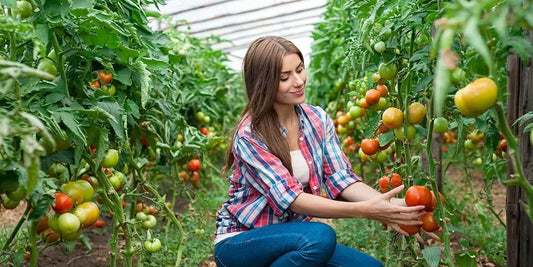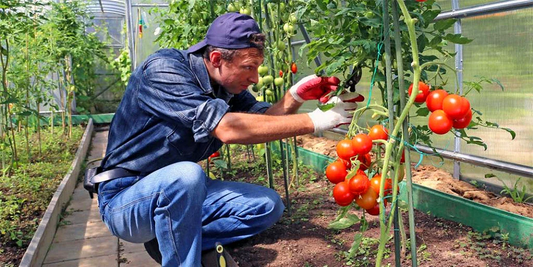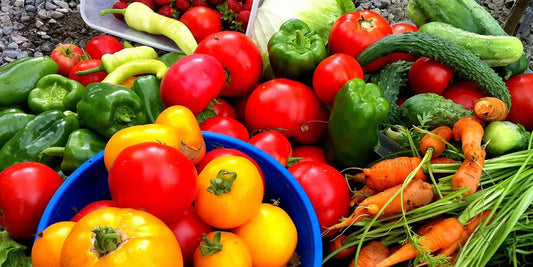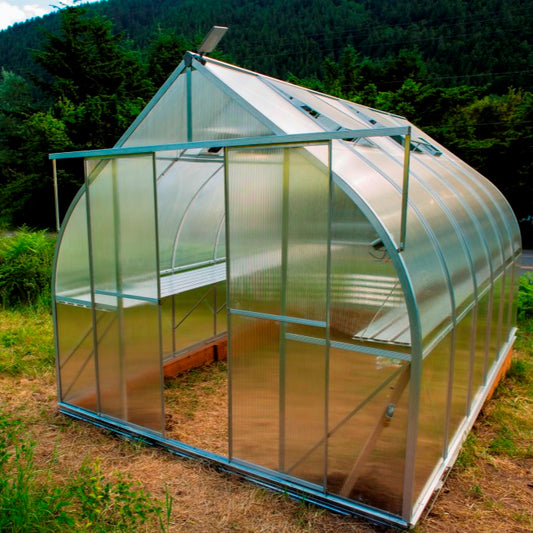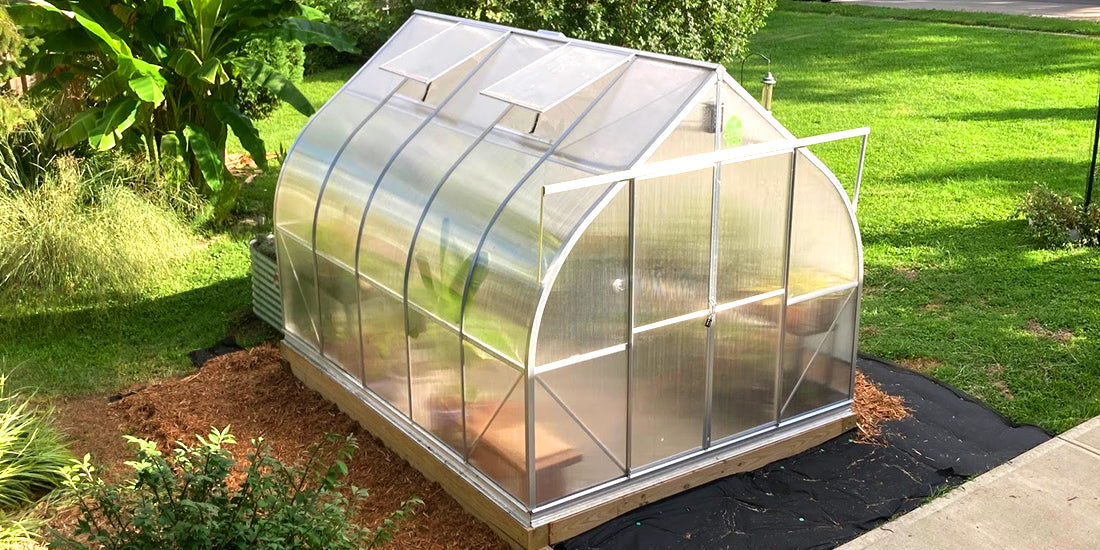
How Greenhouses Work: The Science Behind It
Understanding how a greenhouse works is crucial for maximizing its benefits. Whether you're building a simple plastic film structure or using a sophisticated industrial greenhouse, the underlying principles remain the same.
The Greenhouse Effect: Basic Principles
At its core, a greenhouse harnesses basic physics—thermal radiation and heat exchange. It captures incoming sunlight, converts it into heat, and retains this warmth, maintaining a stable temperature ideal for plant growth.
Beyond temperature control, a greenhouse protects plants from harsh weather conditions (wind, hail, snow) and pests (insects, animals).
How a Greenhouse Works: A Step-by-Step Guide
Plants need warmth, light, water, air, and nutrients to thrive. A greenhouse provides the optimal light and temperature; you supply the water and nutrients. Here's how it works:
Step 1: Light Capture
Greenhouses are typically constructed from transparent or translucent materials (glass, polycarbonate) that allow sunlight to penetrate.
Step 2: Light-to-Heat Conversion
Plants and other dark-colored materials inside the greenhouse absorb sunlight and convert it into infrared radiation (heat). Darker surfaces absorb more heat, leading to a temperature increase within the greenhouse.
Step 3: Heat Retention (The Greenhouse Effect)
The infrared radiation (heat) emitted by the plants and materials has a longer wavelength than the incoming sunlight. This longer wavelength radiation is less easily transmitted through the greenhouse's transparent covering, causing the heat to be trapped inside.
Step 4: Temperature Regulation
The trapped heat warms the air inside the greenhouse, creating a warmer microclimate than the surrounding environment. The relatively airtight structure further helps maintain this elevated temperature.
Step 5: Photosynthesis Enhancement
The combination of adequate light and warmth stimulates photosynthesis. Photosynthesis is the process where plants use sunlight, water, and carbon dioxide to produce sugars (food) and release oxygen.
To maximize photosynthesis, ensure your greenhouse receives ample sunlight—approximately six hours per day, though specific needs vary by plant type.
How Greenhouses Work: The Physics of Heat Capture and Regulation
Capturing Heat

A greenhouse's primary function is to trap solar (and/or artificial) radiation, converting it into heat to warm the interior. This is analogous to a car parked in sunlight on a hot day: the closed windows prevent heat from escaping, causing a significant temperature rise inside.
The materials used influence heat retention. Polycarbonate, for example, is a popular choice due to its excellent thermal insulation properties. The sealed environment of a greenhouse minimizes air exchange with the outside, preventing heat loss and creating a stable, warm interior ideal for plant growth.
Temperature Regulation
Sunlight initially heats the air, which in turn warms the soil. The soil's thermal mass then acts as a heat reservoir, releasing stored heat slowly at night. This natural buffering effect helps maintain a relatively stable temperature, even in a simple, unheated greenhouse.
However, uncontrolled heating can become problematic. Greenhouses achieve natural thermoregulation: daytime heat warms the soil, and at night, the soil releases this stored heat, moderating temperature fluctuations. More advanced greenhouses utilize supplemental heating systems to fine-tune this natural process and maintain optimal growing conditions irrespective of external weather.
Greenhouse Ventilation: Essential for Healthy Plants
Proper ventilation is critical for healthy plant growth and high yields in a greenhouse. Inadequate ventilation often leads to slow growth, poor harvests, and increased susceptibility to fungal and bacterial diseases.
Effective greenhouse ventilation serves three key functions:
1. Temperature Control
Greenhouses trap solar radiation, causing a temperature increase (the greenhouse effect). However, excessive heat can be detrimental to many plants. Ventilation systems remove excess heat, ensuring optimal growing temperatures for different plant species.
2. Humidity Control
High humidity levels, also trapped within a greenhouse, can promote the growth of pathogens harmful to plants. Ventilation helps regulate humidity, preventing disease and ensuring ideal conditions for various plant types.
3. CO2 Management
Plants require a consistent supply of carbon dioxide (CO2) for photosynthesis. Ventilation systems introduce fresh air, replenishing CO2 levels and preventing the buildup of stale air, which can stifle plant growth.
Additional Benefits of Greenhouses
Beyond climate control, greenhouses offer vital protection from environmental stressors:
- Wind Damage: Strong winds can damage or uproot plants. Greenhouses provide a barrier against wind, protecting seedlings and mature plants.
- Precipitation Management: Greenhouses offer control over watering, preventing overwatering or underwatering caused by unpredictable rainfall.
- Pest Control: Greenhouses significantly reduce pest infestations, minimizing the need for harmful pesticides. While complete exclusion isn't possible, the controlled environment substantially limits pest access.
A greenhouse is an invaluable tool for gardeners, providing protection, extending the growing season, and enabling year-round cultivation in many regions.
Ready to purchase a greenhouse? Explore the range of high-quality greenhouses at ClimaPod Greenhouse online-store.

